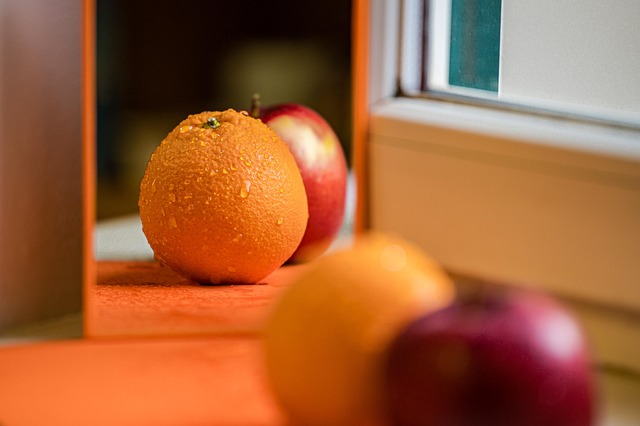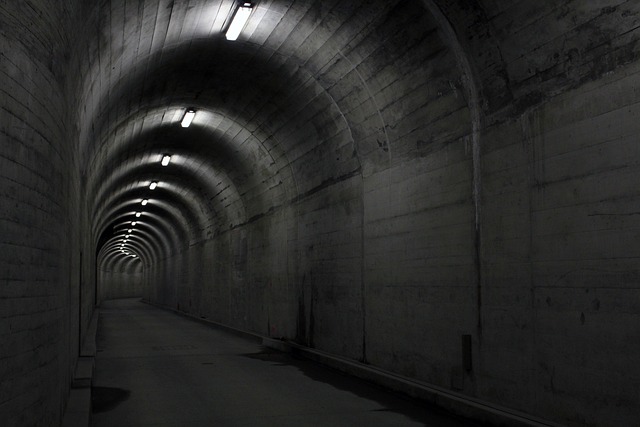In the dynamic realm of contemporary art, the interplay between object and space has emerged as a focal point of innovation and exploration. Artists today are transcending traditional boundaries, inviting viewers to engage in a dialogue that intertwines the tangible with the intangible. Through the lens of installation art, we witness a transformative movement that challenges our perceptions and encourages a deeper engagement with our surroundings.
Installation art is not confined to a singular form; it creates immersive experiences that envelop the viewer in a holistic narrative. This practice invites participants to navigate carefully curated environments, where each object serves a dual purpose: it is not only an aesthetic piece but also a vessel for cultural expression. The art itself begins to communicate with the space it occupies, altering our understanding of both the individual art piece and the larger context in which it exists.
Artists like Yayoi Kusama and Olafur Eliasson exemplify this notion brilliantly. Kusama’s infinite mirrored rooms evoke a sense of endlessness, where each object maintains a relationship with the space, shaping an experience that emphasizes connection and reflection. Meanwhile, Eliasson’s installations often incorporate natural elements, encouraging viewers to reconsider their relationship with nature and their place within it, demonstrating how physical spaces can harmonize with the emotional and psychological landscapes of human experience.
The intersection of object and space can also be witnessed in the evolution of cultural commentary through fine arts. Many contemporary artists use installations to address pressing social issues, employing their artworks as critical responses to urbanization, displacement, and identity crises. By manipulation of space, these artists create venues for dialogue and contemplation, inviting the audience to consider their role within the broader cultural narrative.
Moreover, installation art goes beyond mere visual attraction; it is an invitation to engage all senses. Viewers are encouraged to walk through, touch, and even listen, creating a multi-layered experience that reinforces the emotional connection to both the objects and the enveloping space. As we maneuver through these installations, themes of memory, identity, and belonging materialize, unearthing the nuanced relationships we share with our environments and highlighting the profound impact of arts on culture.
The emergence of virtual installations, particularly during the pandemic, has further blurred the lines between object and space. Artists have harnessed technology to create immersive digital environments that offer new forms of engagement, extending the concept of space beyond physical boundaries. This digital expansion challenges us to redefine our understanding of installation art in the digital age, urging us to consider how these experiences shape our cultural perceptions and values.
As we explore the rich tapestry of contemporary installations, it becomes clear that object and space are not merely aspects of artistic practice; they are vital components of a broader cultural dialogue. By inviting us to stand in relationship to art and environment, contemporary installations celebrate the transformative power of art, allowing us to gain deeper insights into ourselves and the world around us.
Indeed, the path through contemporary installations is one of discovery—a journey that encourages us to interact, reflect, and ultimately reshape our understanding of culture and fine arts. It is in this nexus of object and space that the potential for profound connection lies, reminding us that art is not just observed but is an experience woven intricately into the fabric of our lives.




